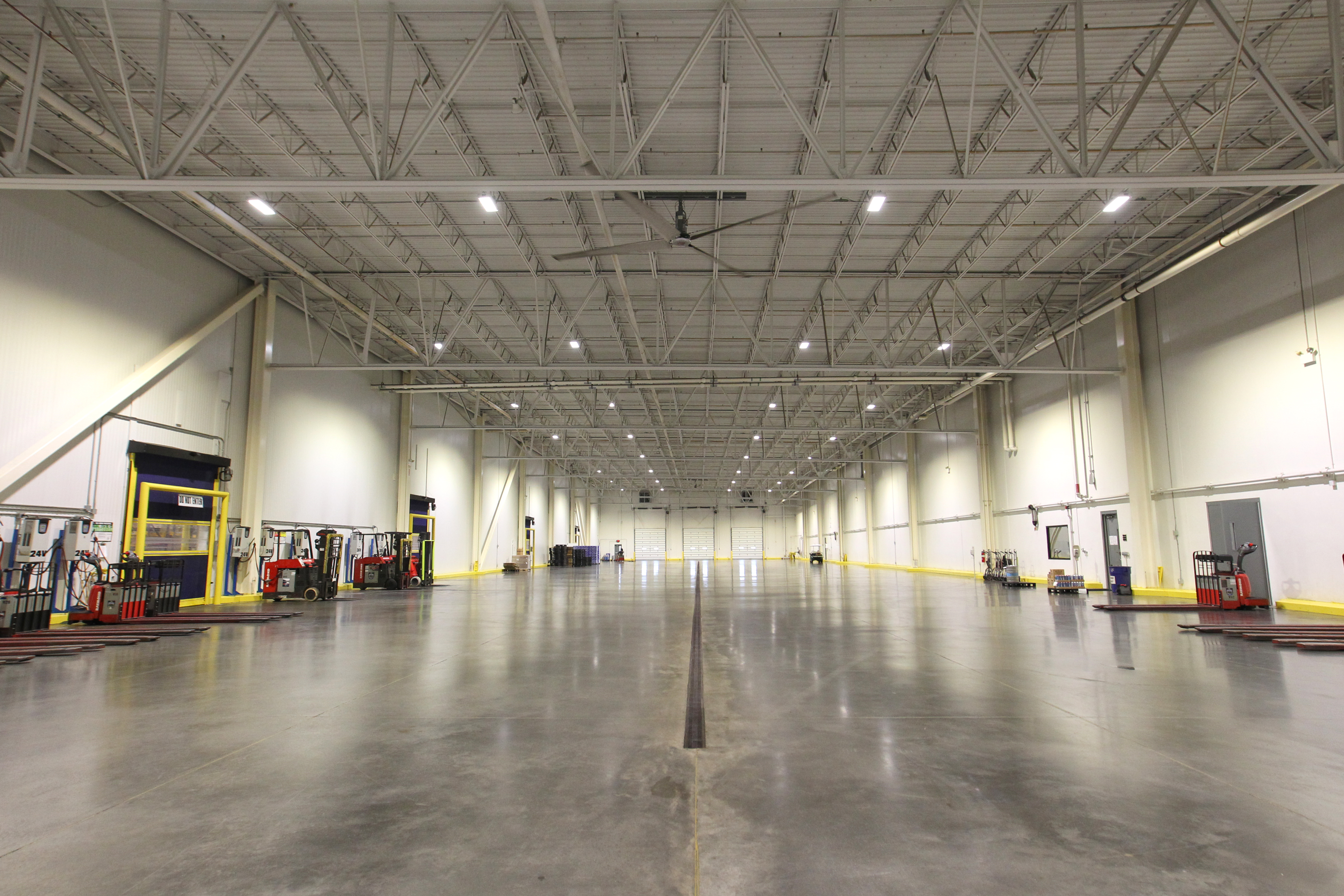Everything You Need to Know About LED Lighting Import and Distribution for Industrial Applications
Everything You Need to Know About LED Lighting Import and Distribution for Industrial Applications
Blog Article
For companies purchasing in volume, choosing the right wholesale LED supplier is essential to balance quality and cost.
Whether you're upgrading an existing lighting system or starting a new facility from scratch, these insights will guide your decision-making.
Let’s start by looking at the reasons why sourcing LED lighting wholesale is not only cost-effective—but also the smarter long-term choice for industrial facilities.
Why Choose Wholesale LED Lighting
Buying LED lamps at wholesale prices offers multiple advantages for businesses managing large-scale lighting needs.
Working with an LED importer or distributor helps secure better warranties, product availability, and technical support.
Whether you need fixtures for ceilings over 30 feet high or task lighting for assembly zones, buying in volume allows better system-wide integration.

Why Industrial Facilities Should Upgrade to LED Lighting
For companies operating large facilities, these energy savings quickly add up, improving overall profitability.
High-quality industrial LEDs deliver brighter, more uniform illumination, reducing shadows and minimizing workplace accidents.
With fewer bulb replacements and reduced downtime, facilities can keep operations running smoothly.
What Makes High Bay LED Fixtures Ideal for Industrial Spaces
High bay LED fixtures are designed for spaces with high ceilings—typically 20 to 45 feet—common in warehouses, distribution centers, and manufacturing plants.
This not only improves visibility but also enhances worker comfort and reduces eye strain, boosting overall productivity.
Advanced models, like the leia mais High Bay LED EVO, combine cutting-edge optics, durable construction, and smart features such as dimming or sensor integration.
Understanding the High Bay LED EVO Advantage
Engineered for maximum performance, these fixtures combine high lumen output with exceptional energy efficiency, making them ideal for large spaces with demanding lighting needs.
What sets the EVO series apart is its advanced thermal management system, ensuring a longer lifespan even in high-temperature environments.
Companies seeking to modernize their lighting systems should consider the EVO series as a top-tier option offering durability, efficiency, and cutting-edge features.

What to Look for in an LED Importer
When evaluating potential partners, check their certifications, product warranties, and track record with industrial clients.
Look for suppliers that maintain robust inventories and have strong relationships with manufacturers.
Finally, assess their technical support capabilities.
Conclusion: Optimizing Industrial Lighting with Wholesale LED Solutions
Upgrading descubra mais to wholesale LED lighting is one of the smartest moves industrial facilities can make today.
It’s not just about purchasing light fixtures—it’s about building a long-term partnership that helps your facility stay competitive and sustainable.
As industries continue to prioritize energy efficiency and sustainability, LED technology will play an even bigger role in shaping the future of industrial operations.
FAQ About Wholesale LED Lighting and Industrial Solutions
What are the benefits of buying LED lighting wholesale?
It’s especially cost-effective for large-scale industrial projects with high lighting demands.
Where are high bay LEDs typically used?
High bay LED lights are designed for spaces with ceilings over 20 feet, such as warehouses, factories, and gymnasiums.
Why choose High Bay LED EVO fixtures?
The High Bay LED EVO offers advanced thermal management, flexible mounting, smart lighting integration, and superior energy efficiency.
How do I choose a reliable LED supplier or importer?
A good importer ensures product quality, compliance, fast delivery, and long-term partnership.
What’s the ROI on industrial LED upgrades?
Industrial LED upgrades can reduce energy costs by up to 75% and maintenance costs by up to 50%.
Report this page